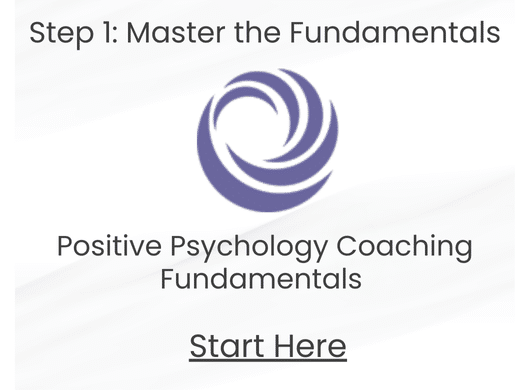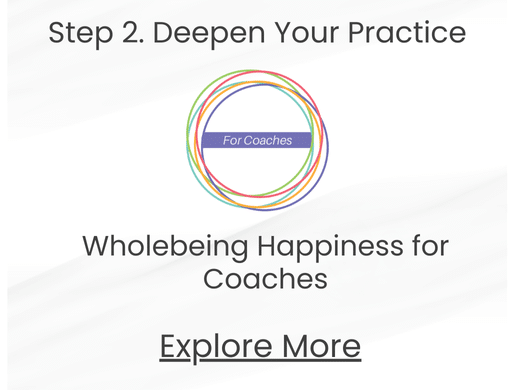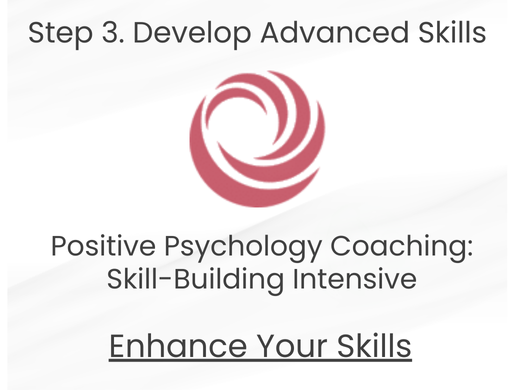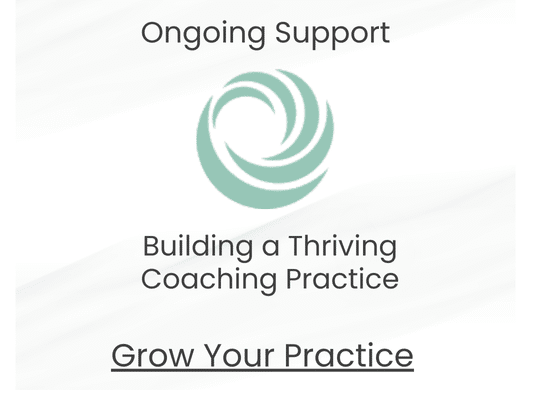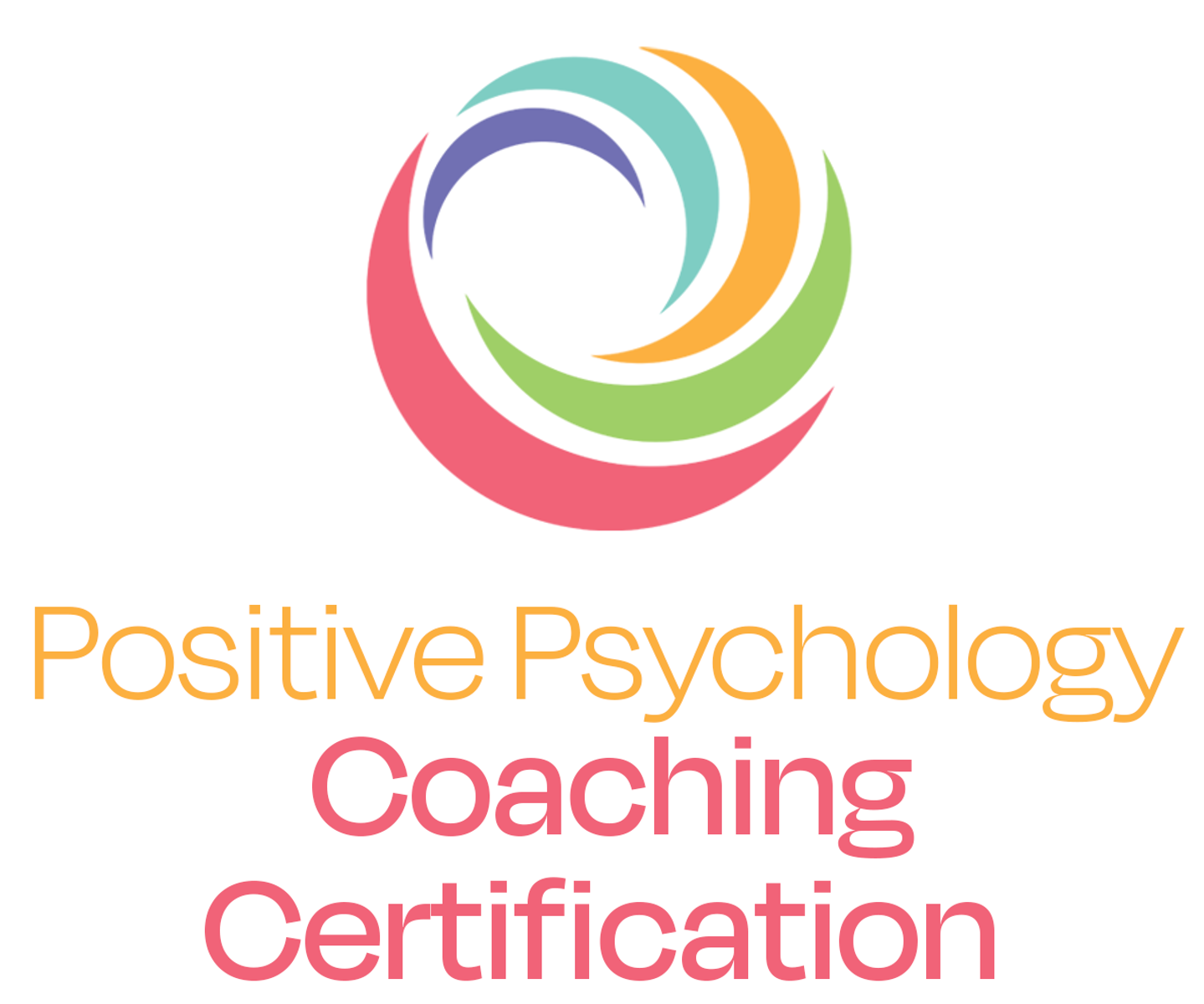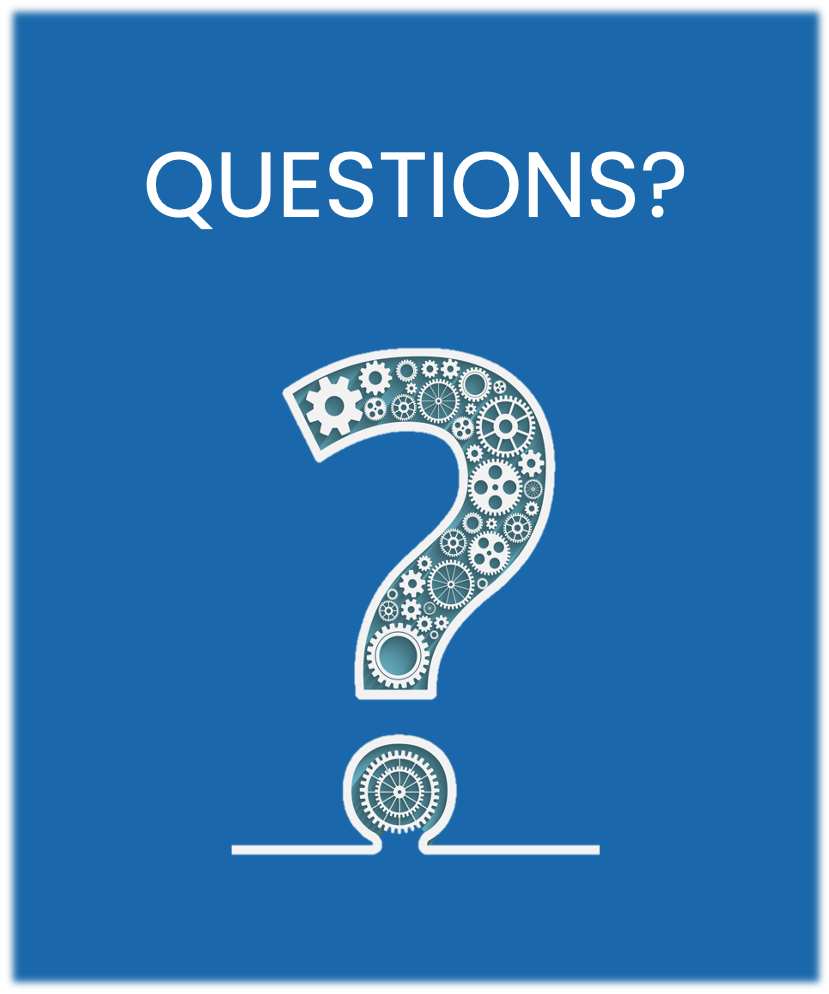As we prepare for a day of thanks tomorrow, take a moment to listen to the wisdom of Dr. Sara Algoe, as she explains why expressions of gratitude are so impactful.
Dr. Algoe, Director of the Emotions and Social Interactions in Relationships Lab at the University of North Carolina, Chapel Hill, brought couples into the lab and looked at how they said “thank you” to each other, and what emotional reaction those words prompted.
In the video, Sara speaks with WBI CEO Megan McDonough about the results of the study and how we can use them to enhance the quality of our relationships—during holidays and every day!
You can watch more interviews with leading positive psychology experts here or learn more about creating wholebeing happiness here.
Transcript
MM: How do you say thank you? How do you say thank you well?
SA: The first thing that we know is that my gratitude toward you or toward a partner actually does forecast your future feelings about the relationship with me, so we do have some evidence that gratitude is good for both people. So, to test the question of how you say “thank you” well and why are gratitude expressions so impactful, we actually had couples come to the lab and we video-recorded them saying thanks to one another. The prompt was they came to a lab and sat in chairs and we said, you know, “Think of something that your partner has done for you recently no matter how big or small, doesn’t matter, just something that makes you feel grateful still. You’re going to get up in five minutes to say thanks to your partner in the lab.” And they knew it would be video-recorded and so they thought about it and wrote some notes down. Then we said, “All right, go ahead! You can talk about it as much or as little as you’d like,” and so we now have from three different samples of couples and romantic relationships—370 video-recorded expressions of gratitude from one partner to another and, immediately after the conversation in all of those studies—let’s say I was saying thanks to you—we then took a break and you would tell the researchers how it went. You would say how understood you felt and how cared for you felt as a result of that conversation, how good you felt just in general and how much love you felt toward me.
What we find across these 370 videos is that the extent to which I’m praising your actions really is the “relational glue” in these conversations. It’s the thing that makes you feel the best after my expression of gratitude. Another way of thinking about that is … when you feel grateful it’s because of a couple things. One is that … so when I feel grateful I got something good—a positive outcome for myself—and my cheesy example is a pair of argyle socks. I came up with this example years ago and for some reason I haven’t taken the time to come up with a better one … so argyle socks, you got me argyle socks, and I can talk about how great they are and how they’re going to keep my feet warm and how the color is perfect in the array of argyle socks that I’ve had so far and that’s about me and how good it is for me, but the other thing is that you did something praiseworthy. You did something for me, so the instance where we feel grateful is both parts are present: I got something good because you did something praiseworthy. What we hypothesized is that actually probably the thing about gratitude, and the thing about gratitude compared to other kinds of emotional expression, is that I’m putting the “you” in “thank you”—I’m really able to build the bridge with you by actually explicitly talking about the things that you did. In the case of the argyle socks, it might be, “Gosh, you went above and beyond—you probably had to go to five stores to find the one color of argyle that I didn’t have in my array of argyle socks collection” or “Oh, you remembered that I like argyle socks,” and it can be very subtle but the putting the “you” in “thank you” is the thing that seems to really make you feel better, more understood, and cared for.

